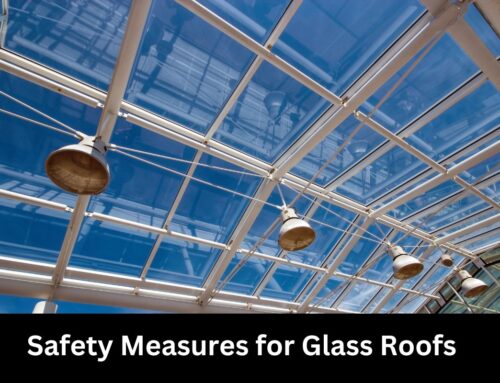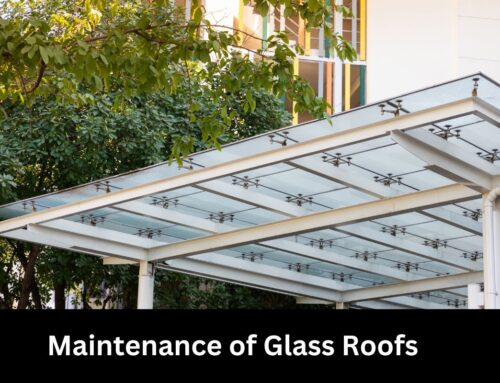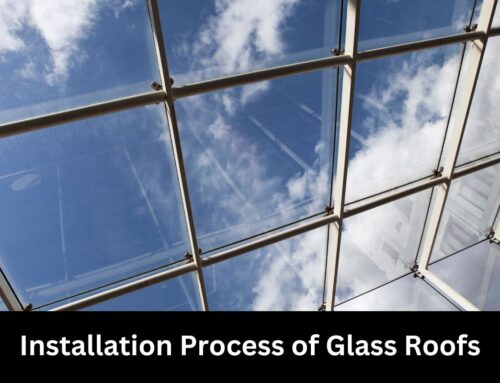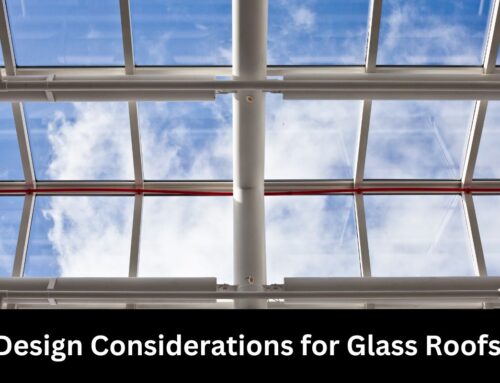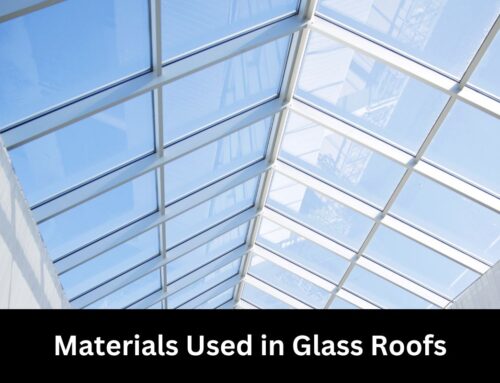Table of Contents
Art Nouveau, an artistic and architectural movement that swept across Europe and America from the late 19th century to the early 20th century, had a profound influence on the world of architecture. Known for its organic forms, natural motifs, and a fascination with the interplay of light and space, this movement left a significant impact on glass roof architecture. This article will delve into the influence of Art Nouveau on glass roof architecture.
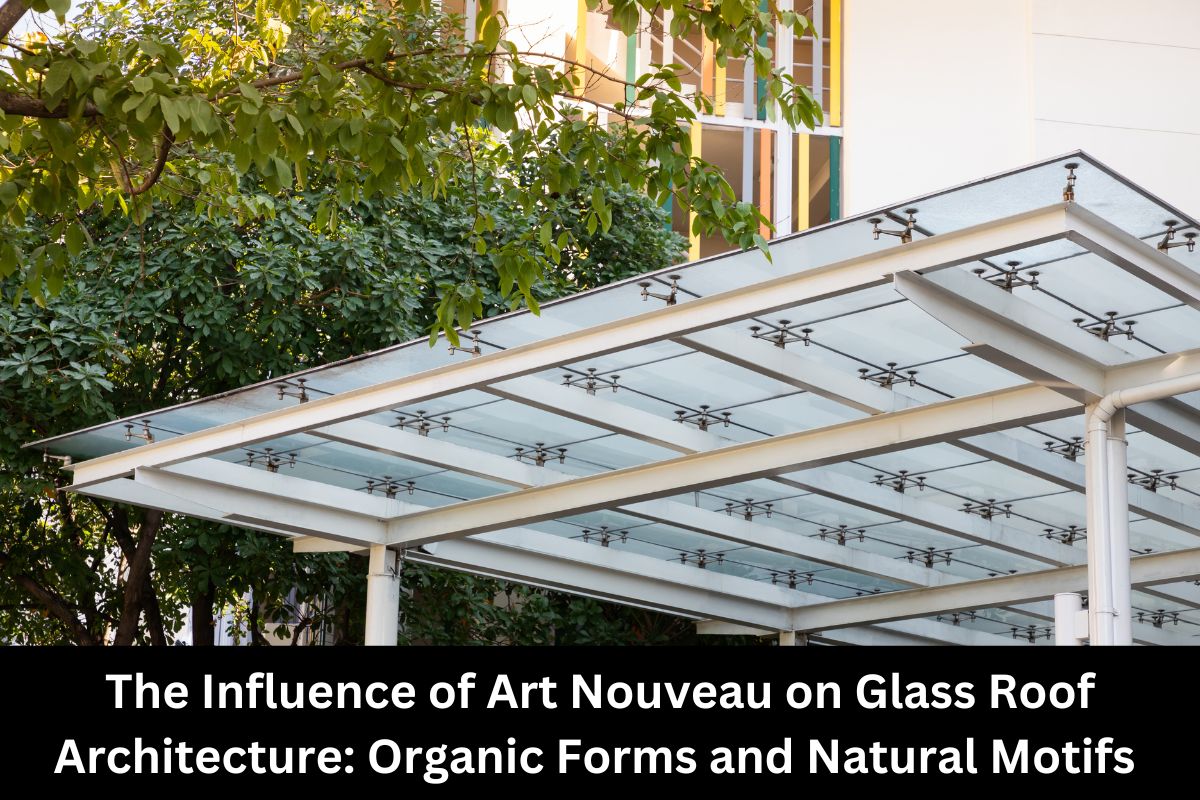
Art Nouveau: An Overview
Art Nouveau, which means “new art” in French, sought to break away from the historical revivals and eclectic styles that dominated the 19th century. Instead, it drew inspiration from the natural world, emphasizing organic and geometric forms, curvilinear lines, and intricate patterns. The use of modern materials, especially glass, became a signature element of this movement.
Influence on Glass Roof Architecture
Organic Forms and Natural Motifs
Art Nouveau’s emphasis on organic forms and natural motifs found a new canvas in glass roof architecture. Architects began to design glass roofs with intricate, nature-inspired patterns, transforming them from mere architectural elements into works of art. These glass roofs became the centrepiece of buildings, shaping the mood and atmosphere within the interior spaces.
Use of Stained Glass
One of the key features of Art Nouveau was the innovative use of stained glass. Beyond its use in windows, stained glass was introduced into glass roof architecture to create colorful, vibrant effects. Art Nouveau architects would design complex stained glass roofs that depicted scenes from nature or abstract patterns, further enhancing the aesthetic appeal of these structures.
Expanding the Potential of Light and Space
Art Nouveau architects were deeply interested in the interplay of light and space. Glass roofs, with their ability to modulate natural light and create dramatic spatial effects, offered immense possibilities. Architects manipulated the design of glass roofs to alter the intensity and quality of light entering a building, thereby shaping the user’s experience of the space.
Notable Examples
The Paris Metro Entrances
Designed by Hector Guimard, the Paris Metro entrances are iconic examples of Art Nouveau architecture. The entrances, with their glass canopies featuring organic forms and curvilinear details, showcase the influence of Art Nouveau on glass architecture.
The Grand Palais, Paris
The Grand Palais in Paris, with its colossal glass roof, demonstrates the application of Art Nouveau aesthetics to large-scale public architecture. The roof, featuring intricate ironwork and large panels of glass, creates a dramatic interplay of light and shadow within the building.
Conclusion
The influence of Art Nouveau on glass roof architecture was profound. It transformed the design and perception of glass roofs, elevating them from functional elements to integral components of a building’s aesthetic and spatial experience. By infusing glass roof design with organic forms, natural motifs, and an innovative use of stained glass, Art Nouveau left a lasting legacy that continues to inspire architects today.
Majestic Glass: The Pinnacle of Glass Roof Services in Sydney
Embrace the future of roofing with Majestic Glass, Sydney’s foremost provider of exceptional glass roof services. Our expert team of professionals ensures unparalleled craftsmanship using only the finest materials. We offer an extensive range of glass types tailored to your unique needs and budget. Drawing upon our industry expertise, we provide invaluable advice on design and installation, ensuring your glass roof is both visually pleasing and structurally robust. At Majestic Glass, we deliver more than just a service; we promise a seamless installation process and absolute peace of mind.
Frequently Asked Questions on The Influence of Art Nouveau on Glass Roof Architecture: Organic Forms and Natural Motifs
-
What is Art Nouveau and when did it originate?
Art Nouveau is an artistic and architectural movement that originated in the late 19th century and continued into the early 20th century. It is characterized by its use of organic and geometric forms, curvilinear lines, intricate patterns, and an emphasis on the natural world.
-
How did Art Nouveau influence glass roof architecture?
Art Nouveau had a profound influence on glass roof architecture. The movement’s emphasis on organic forms and natural motifs found expression in the design of glass roofs. These elements were incorporated into intricate, nature-inspired patterns that transformed glass roofs into works of art. Furthermore, the Art Nouveau movement popularized the use of stained glass in roofing, creating colorful and vibrant effects.
-
What is the significance of stained glass in Art Nouveau architecture?
In Art Nouveau architecture, stained glass was used innovatively to enhance aesthetic appeal. Beyond its use in windows, stained glass was introduced into glass roof architecture to create colorful, vibrant effects. Complex stained glass roofs that depicted scenes from nature or abstract patterns became common during this period.
-
How did Art Nouveau architects use glass roofs to manipulate light and space?
Art Nouveau architects manipulated the design of glass roofs to alter the intensity and quality of light entering a building. This allowed them to shape the user’s experience of the space and create dramatic spatial effects.
-
Can you give examples of Art Nouveau’s influence on glass roof architecture?
One notable example of Art Nouveau’s influence on glass roof architecture is the Paris Metro entrances designed by Hector Guimard, which feature glass canopies with organic forms and curvilinear details. Another is the Grand Palais in Paris, with its colossal glass roof featuring intricate ironwork and large panels of glass, creating a dramatic interplay of light and shadow.
Related Articles

